Opened in 1996, the St Cuthbert’s Way long-distance path will be celebrating its 25th anniversary next year, in 2021. If you have not already done so, you will be adding this trip to your list after reading these top things you should know about this historic national trail.

The trail was named after St Cuthbert, who was one of the most important medieval saints of England. As if that is not impressive enough, he is also regarded as the patron saint of Northumbria.
The market town of Melrose in the Scottish Borders is where St Cuthbert started his religious life in 650AD. The route then crosses the Cheviot Hills, through woodland and along riverbanks to finish in St Cuthbert’s eventual resting place, Lindisfarne Priory on Holy Island.
Walking from Melrose to Harestanes you will get to know one of the best-loved landmarks in the Scottish Borders, The Eildon Hills, also known as ‘The Eildons’. The iconic triple peaks offer far-reaching views in every direction, back to the market town of Melrose, the Moorfoot, the Lammermuir Hills to the north and the Cheviot Hills to the south.

The St Cuthbert’s Way coincides with the final stretch of the Pennine Way national trail. On the stretch from Kirk Yetholm to Wooler, you will reach the border between Scotland and England and cross into Northumberland National Park – seen as one of the UK’s best-kept secrets.
You can visit St Cuthbert’s Cave, where monks took the saints’ body in 875AD when they fled from the Vikings that were raiding Lindisfarne. Just above the cave in the Kyloe Hills, you get to enjoy unique views to what is ahead of you; Holy Island and Bamburgh Castle. This is when it becomes obvious why the Northumberland Coast has been designated an Area of Outstanding Natural Beauty. And form here the St Cuthbert’s Way joins another national trail, the St Oswald’s Way.

On the last part of the journey to Holy Island, you pass Fenwick Granary, crossing the North-East rail line and the concrete blocks on the shore of Beal Sands that acted as an invasion defence during World War II. Northumberland is incredibly rich in history; not only was the land occupied by Romans once (see our Hadrian’s Wall Path trips!), it was also raided by Vikings, Anglo-Saxon kings fought to protect their kingdoms, and not to mention the battles between England and Scotland.

If these are reasons enough to explore the rich heritage for yourself, or if you would like to ask our team of specialists any questions about this fantastic national trail, please don't hesitate to contact one of our Destination Specialists, who will be more than happy to help and share their walking experiences!






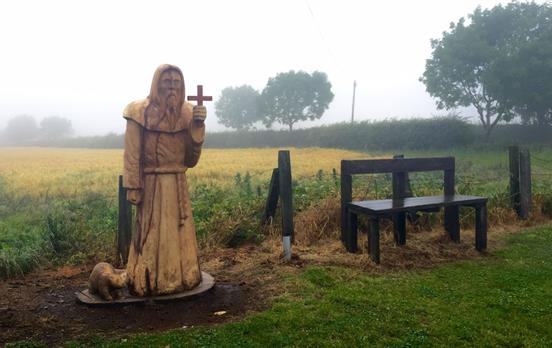

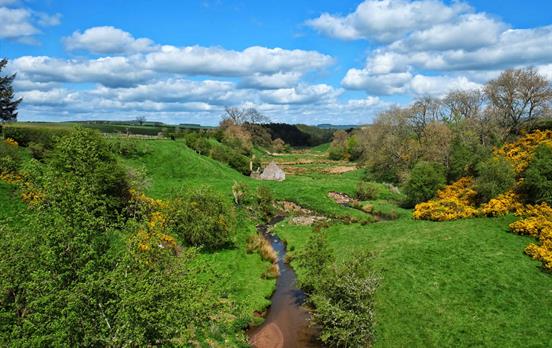
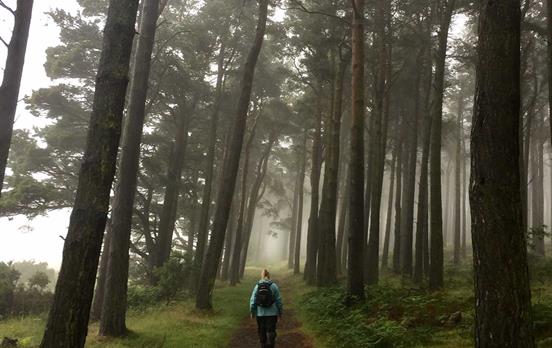

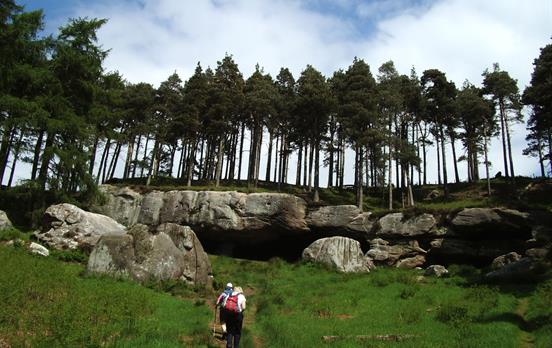

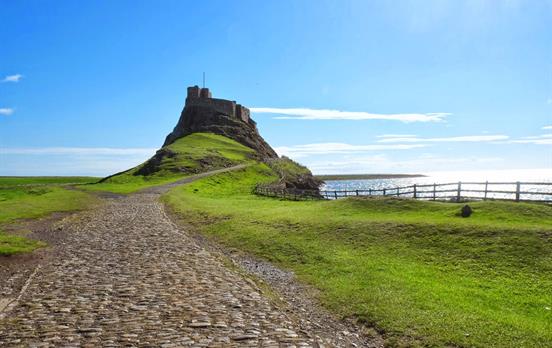



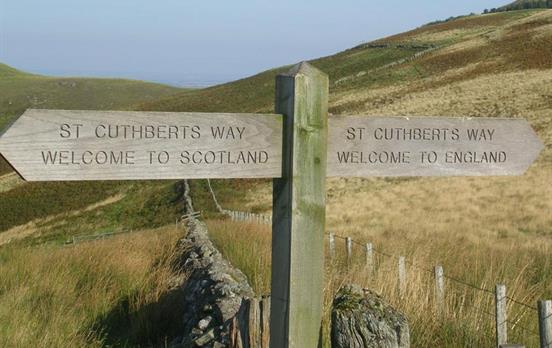
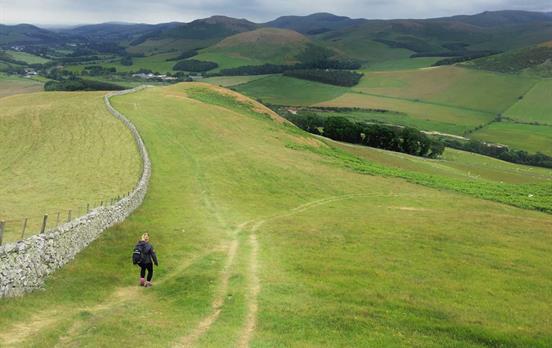

 Canada
Canada